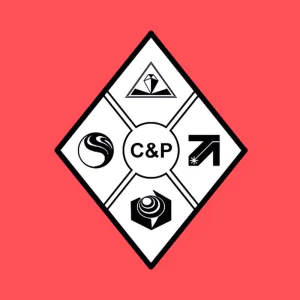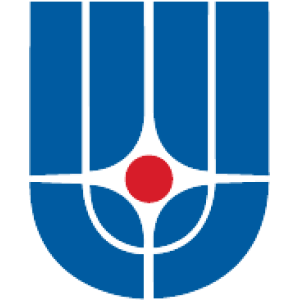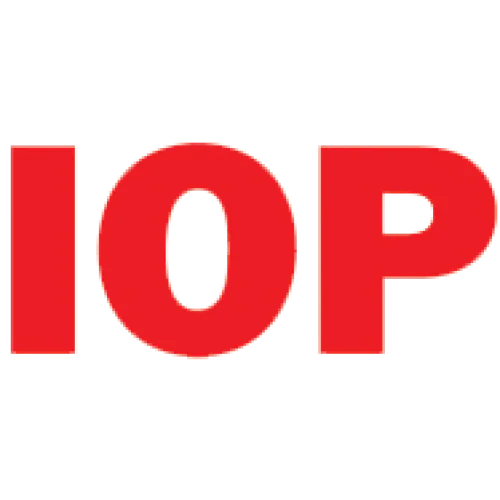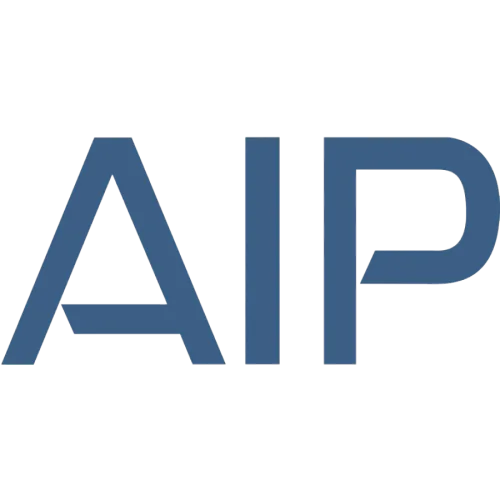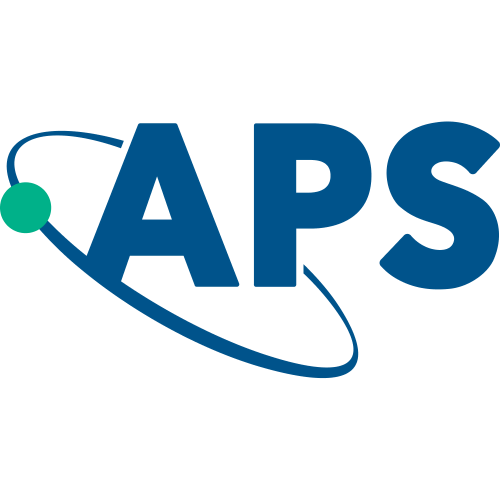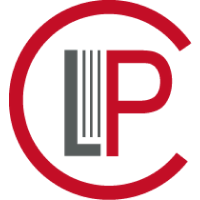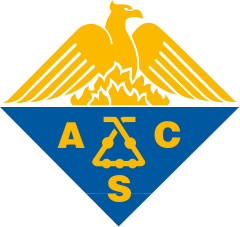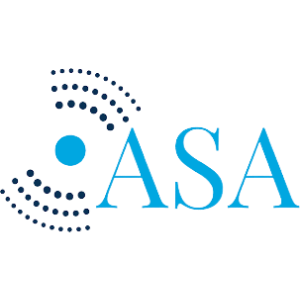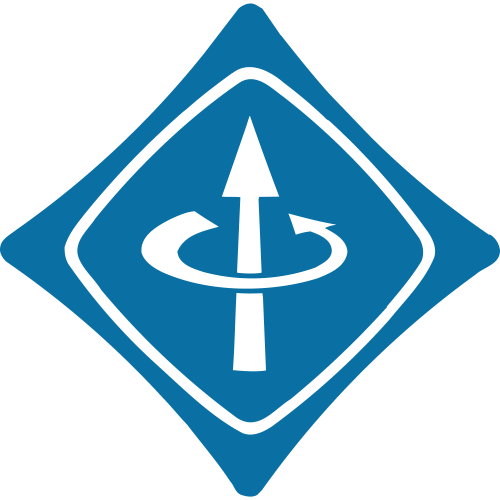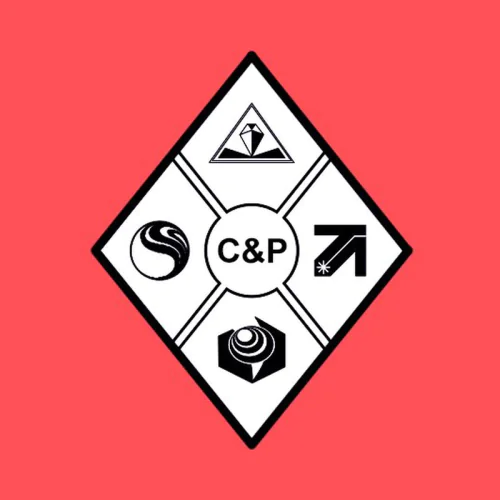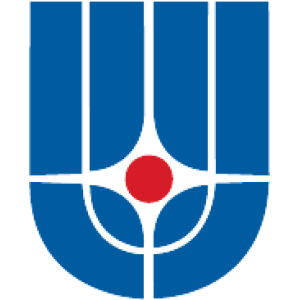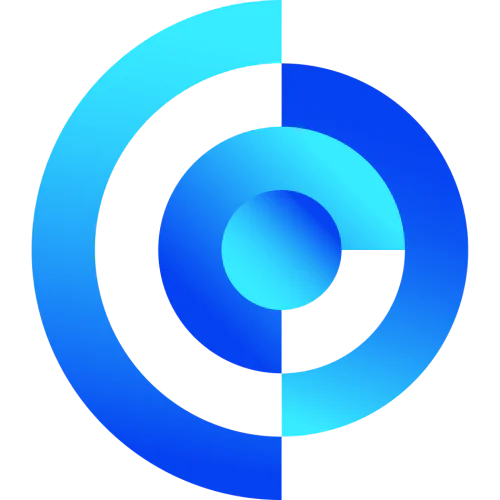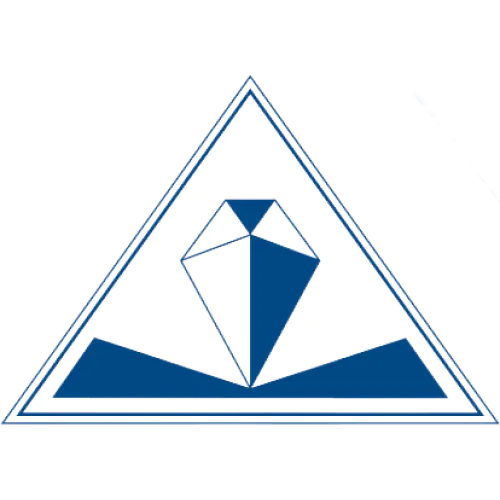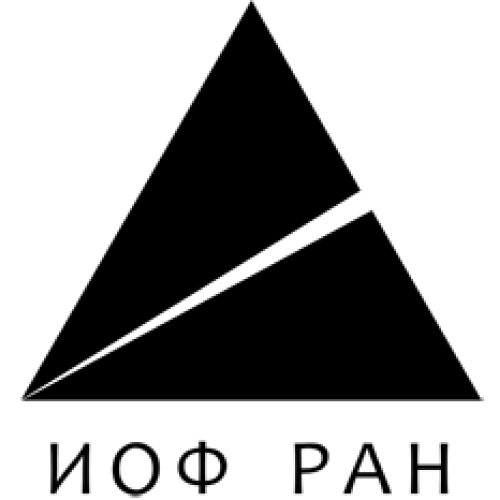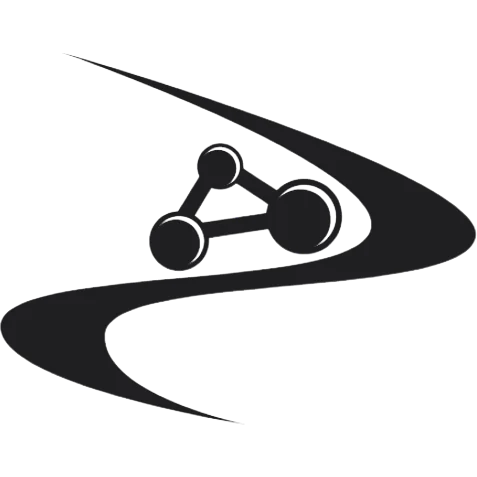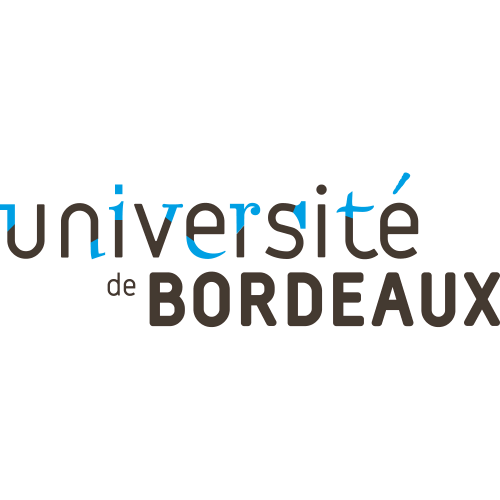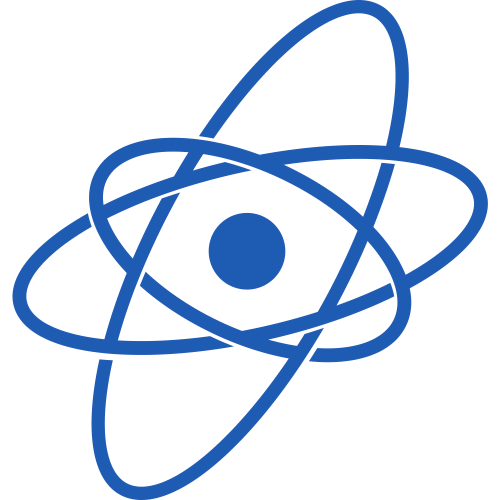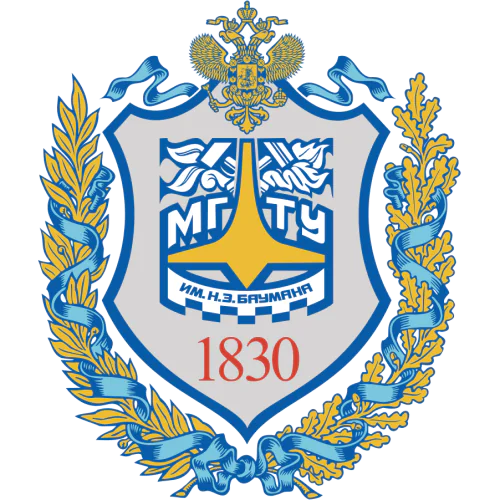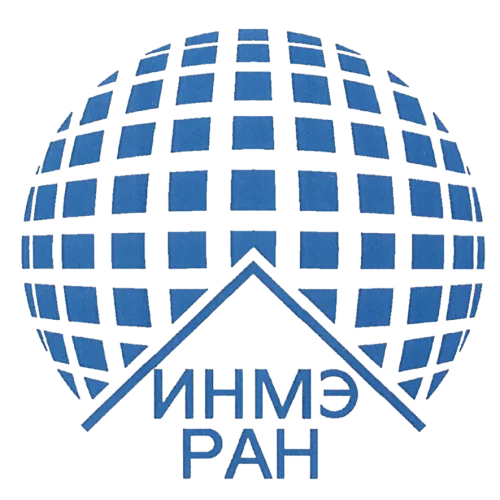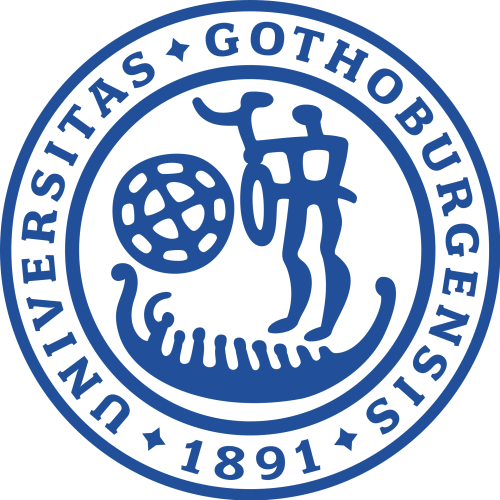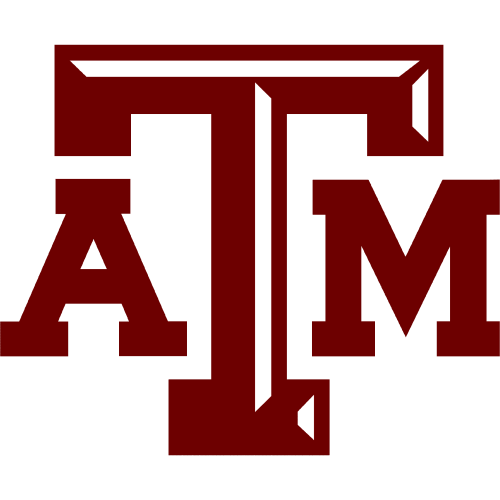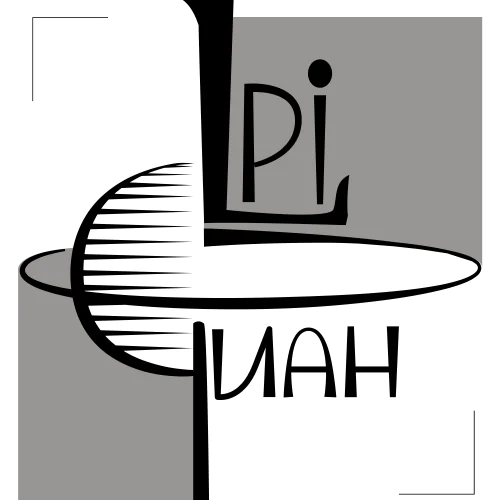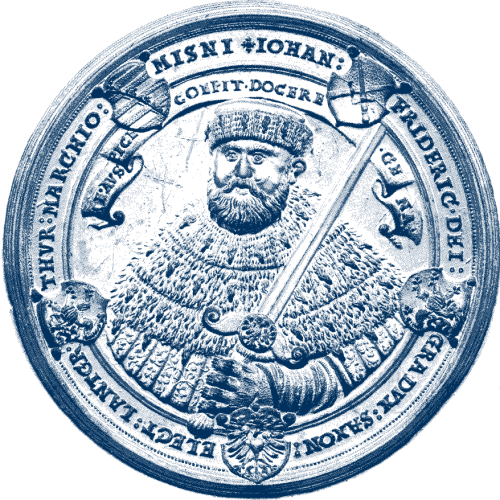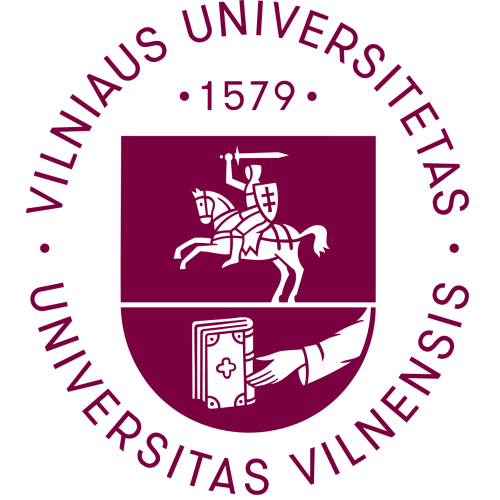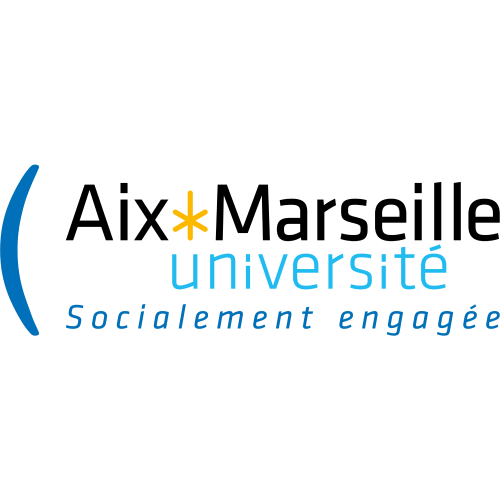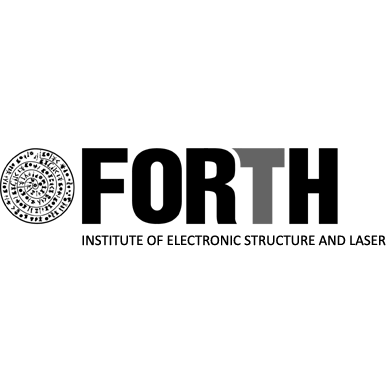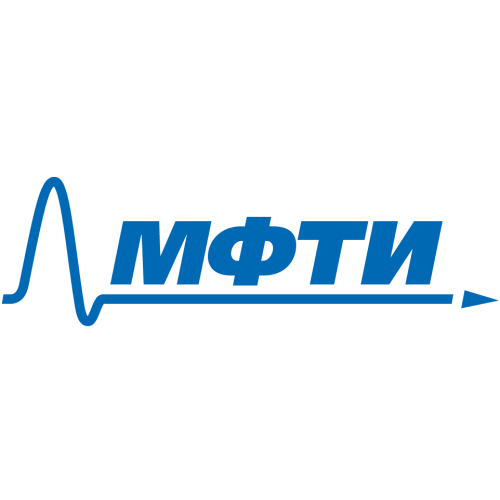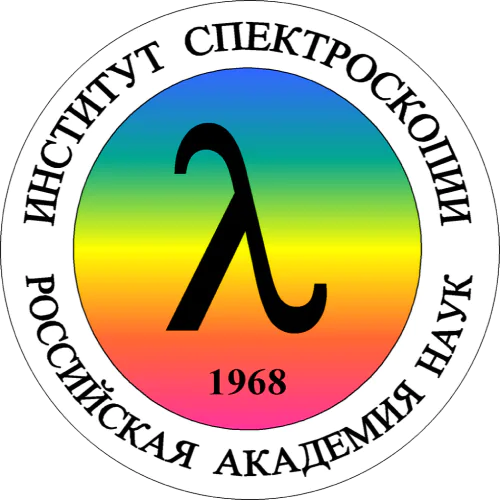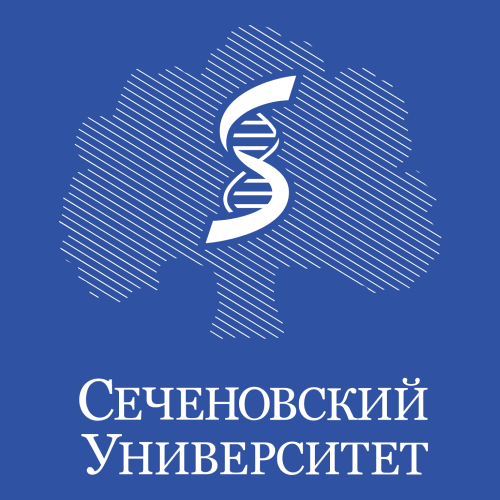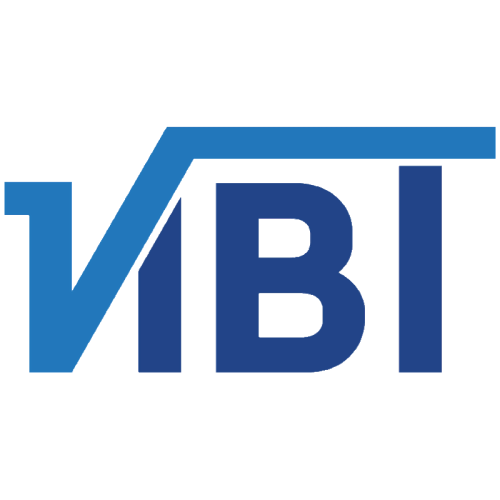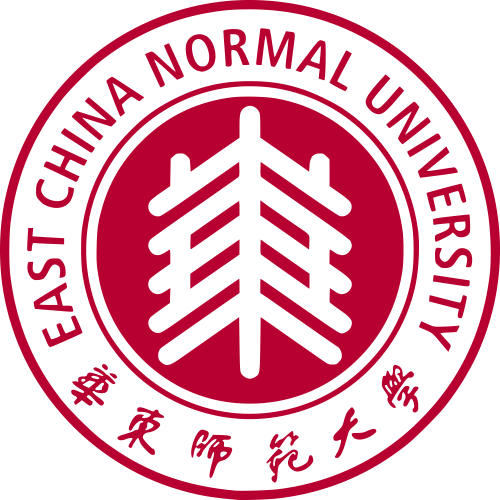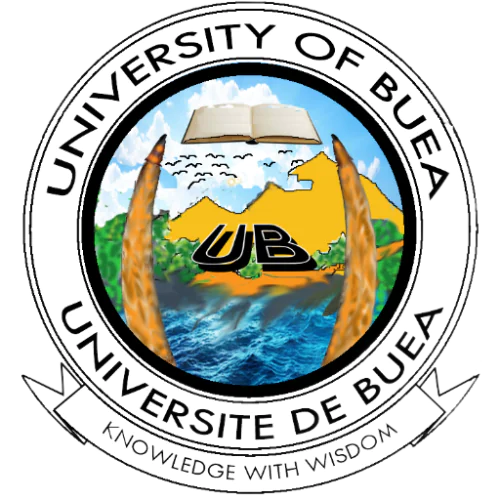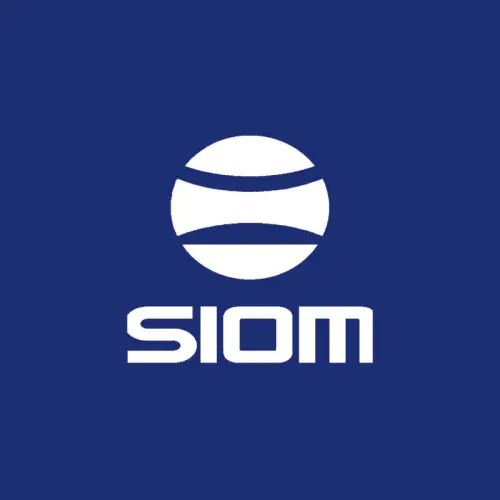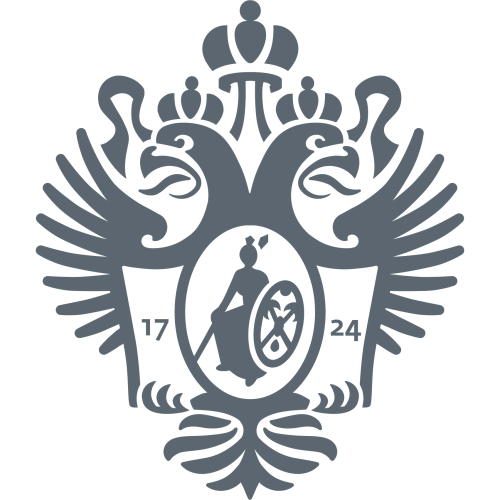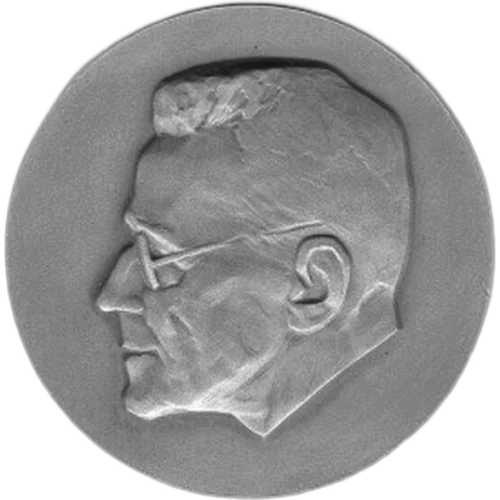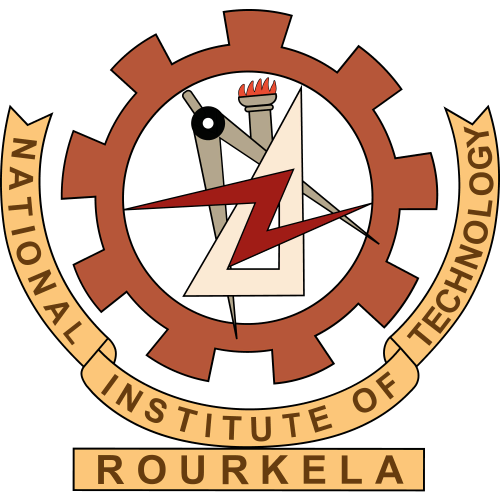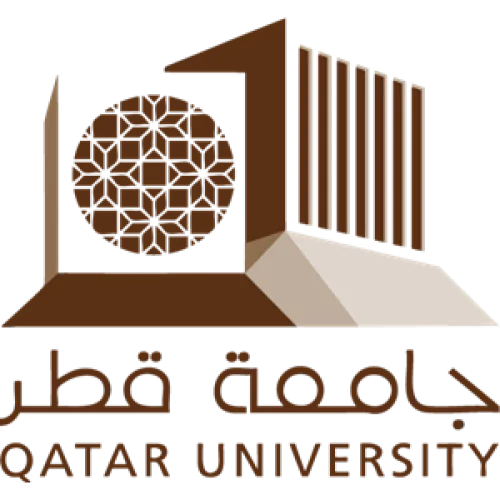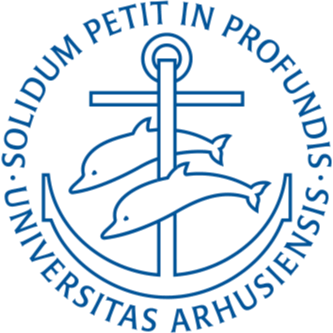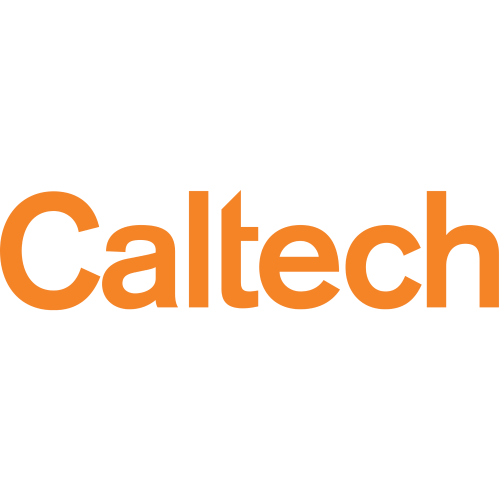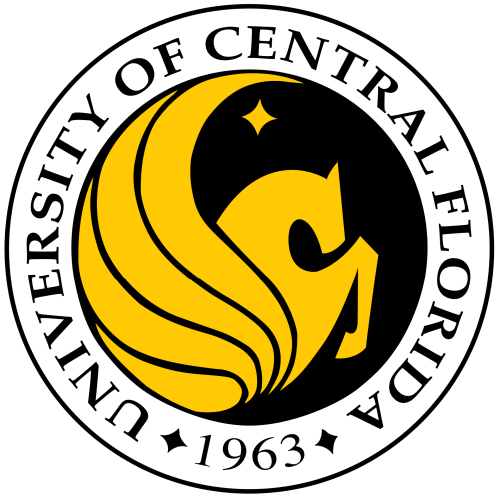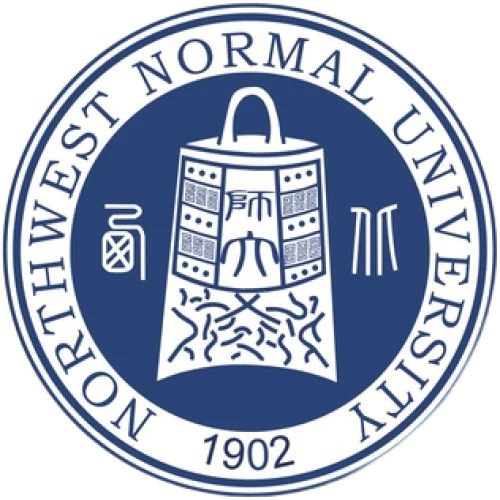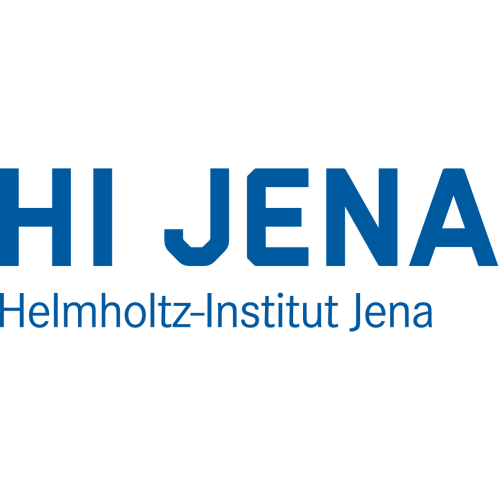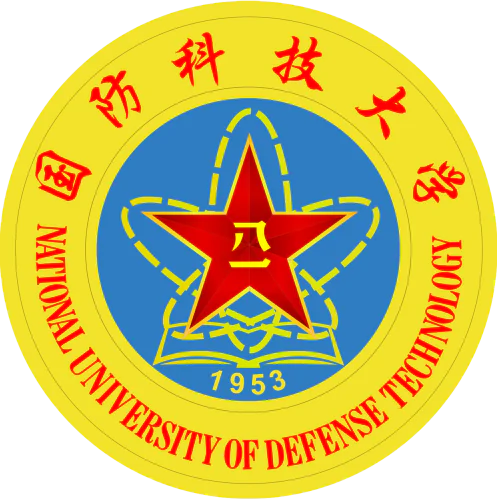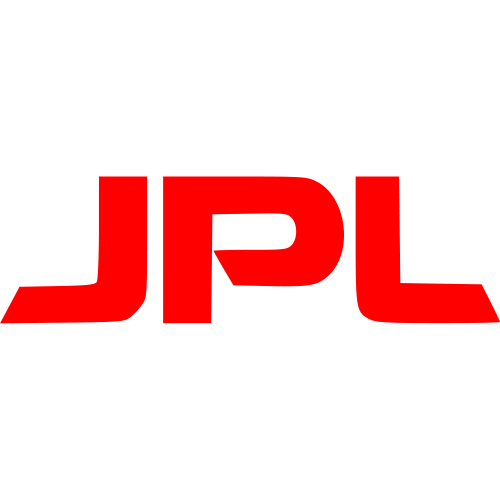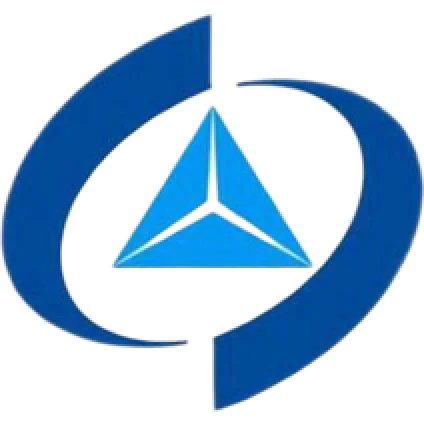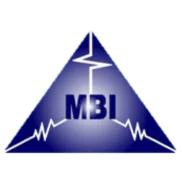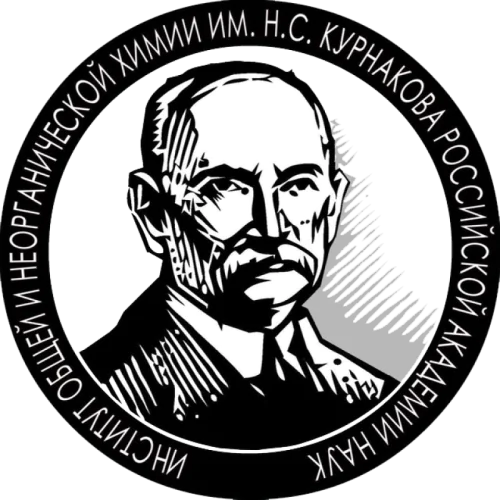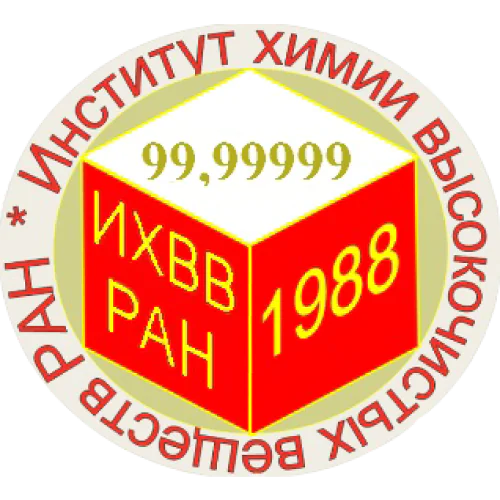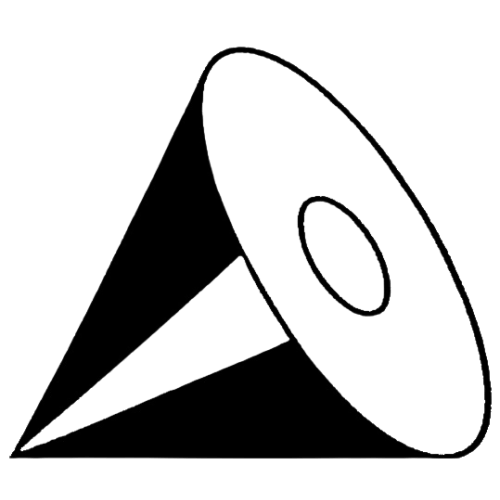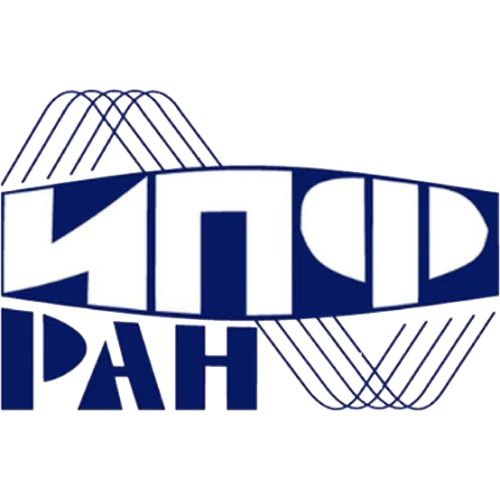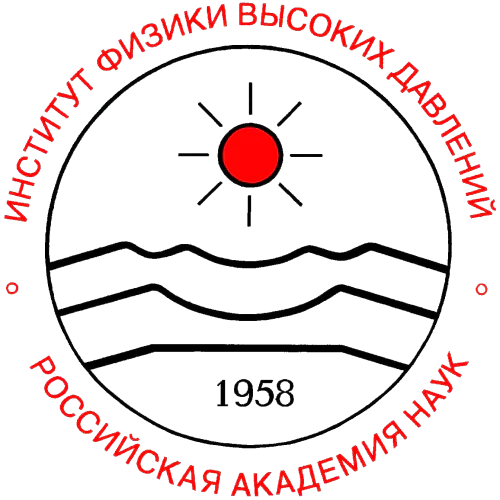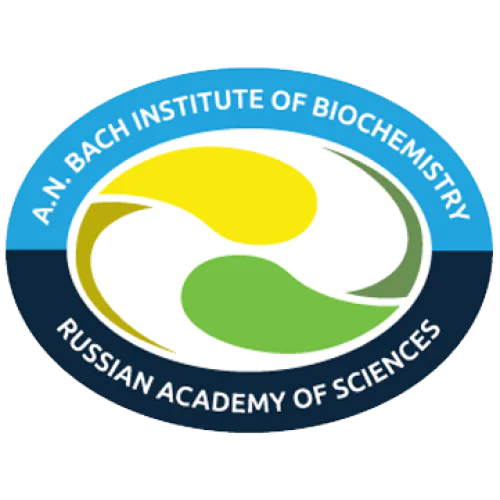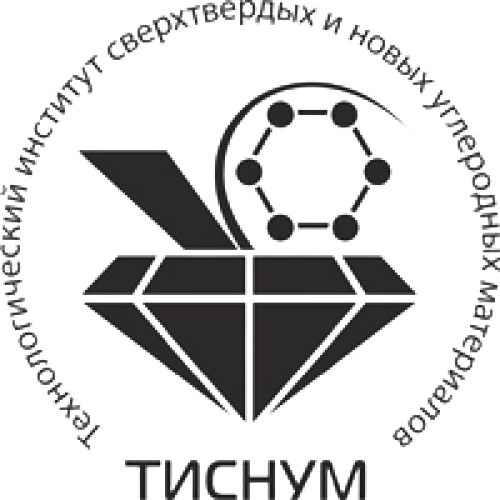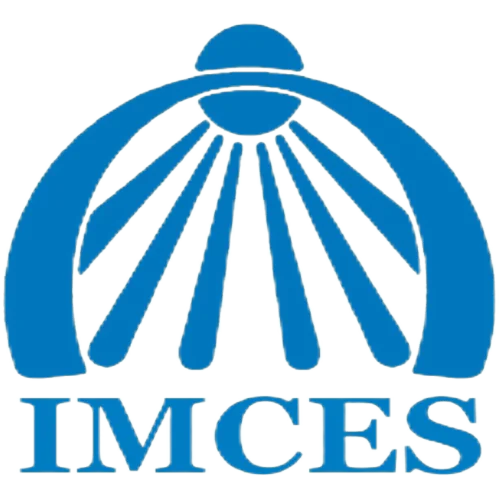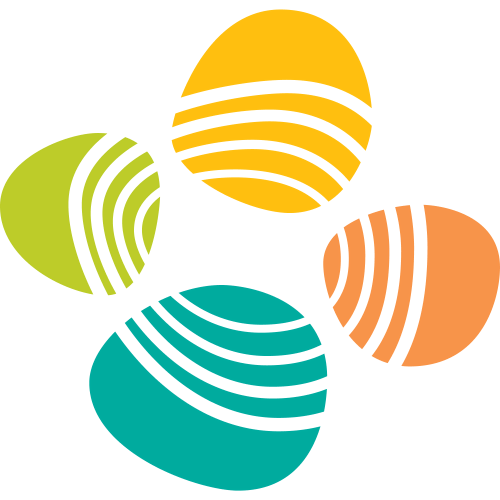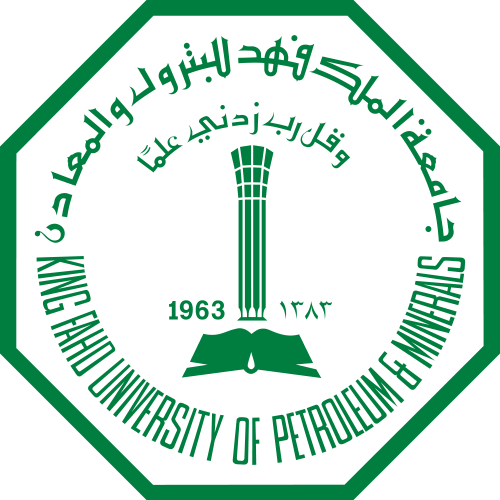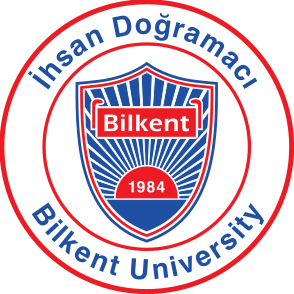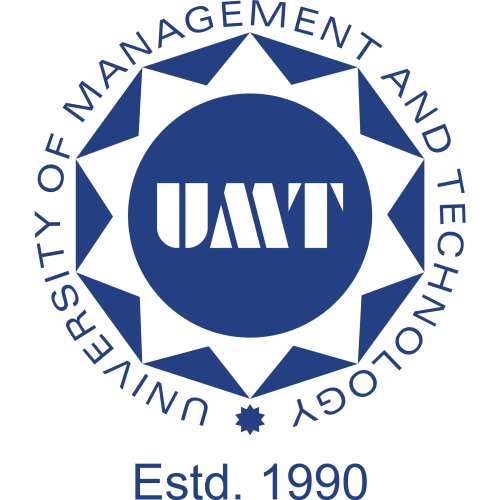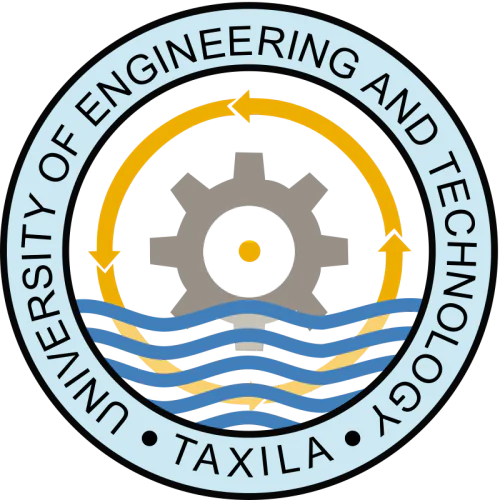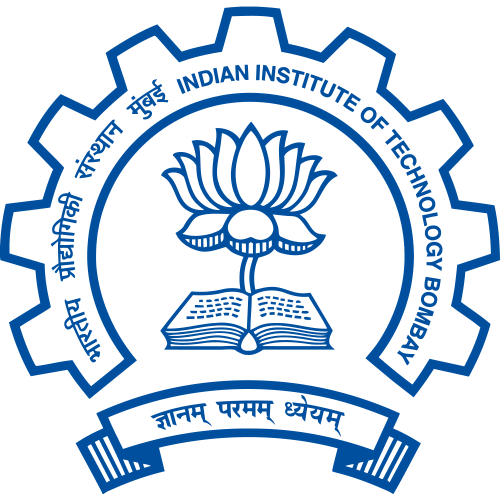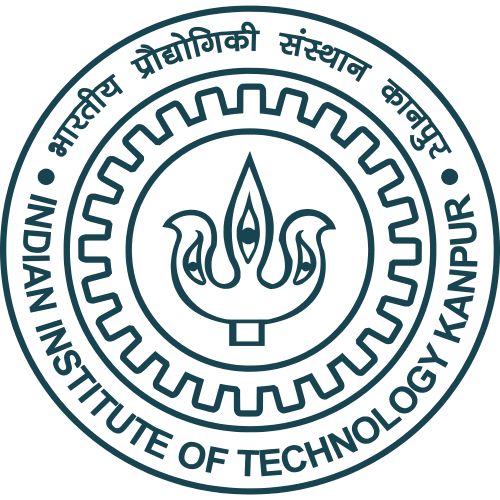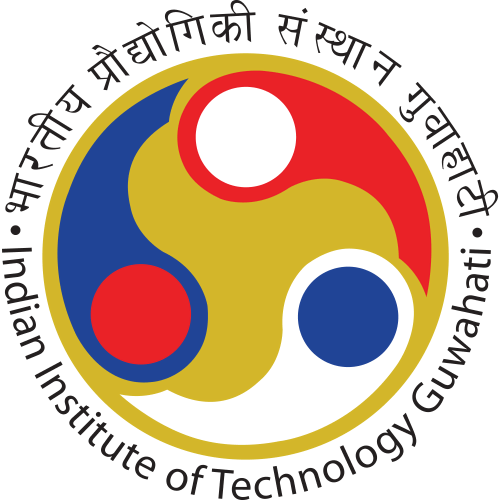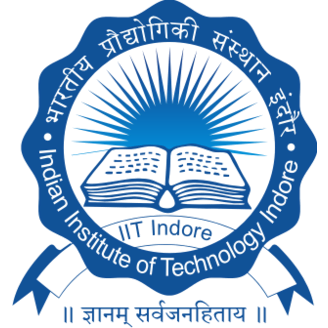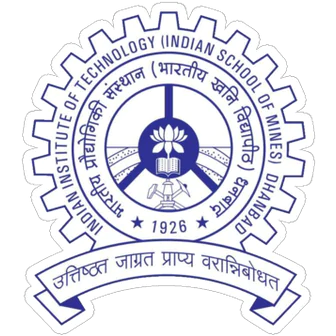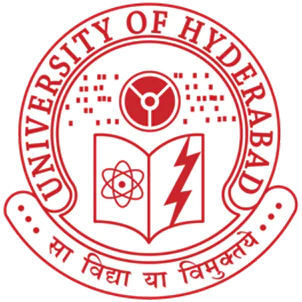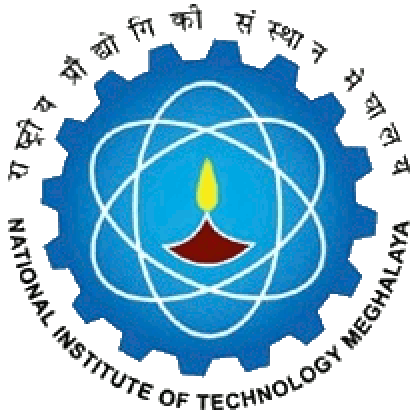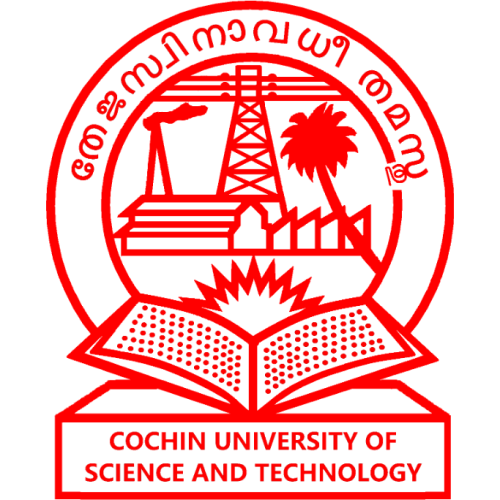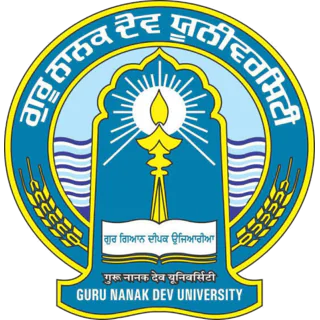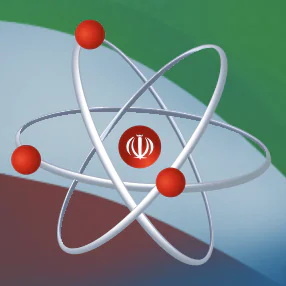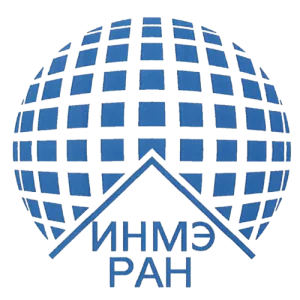Evgenii Igorevich Mareev
PhD in Physics and Mathematics
🥼
🥼
Evgenii can become your supervisor
If you would like to work under his/her guidance, please write a message or contact him/her on social media.
Authorization required.
🤝
🤝
Evgenii is looking for opportunities for scientific collaboration
If you would like to do joint research with him/her, write a message or contact him/her on social media.
Authorization required.
Publications
68
Citations
502
h-index
13
Education
Lomonosov Moscow State University
2015 — 2019,
Postgraduate, Faculty of Physics
Lomonosov Moscow State University
2014 — 2019,
Specialist, Faculty of Physics
Dissertations
Found
Nothing found, try to update filter.
Found
Nothing found, try to update filter.
Found
Nothing found, try to update filter.
Total publications
68
Total citations
502
Citations per publication
7.38
Average publications per year
4.86
Average coauthors
4.85
Publications years
2013-2026 (14 years)
h-index
13
i10-index
23
m-index
0.93
o-index
23
g-index
19
w-index
2
Metrics description
h-index
A scientist has an h-index if h of his N publications are cited at least h times each, while the remaining (N - h) publications are cited no more than h times each.
i10-index
The number of the author's publications that received at least 10 links each.
m-index
The researcher's m-index is numerically equal to the ratio of his h-index to the number of years that have passed since the first publication.
o-index
The geometric mean of the h-index and the number of citations of the most cited article of the scientist.
g-index
For a given set of articles, sorted in descending order of the number of citations that these articles received, the g-index is the largest number such that the g most cited articles received (in total) at least g2 citations.
w-index
If w articles of a researcher have at least 10w citations each and other publications are less than 10(w+1) citations, then the researcher's w-index is equal to w.
Top-100
Fields of science
|
2
4
6
8
10
12
14
16
|
|
|
Instrumentation
|
Instrumentation, 15, 22.06%
Instrumentation
15 publications, 22.06%
|
|
Physics and Astronomy (miscellaneous)
|
Physics and Astronomy (miscellaneous), 14, 20.59%
Physics and Astronomy (miscellaneous)
14 publications, 20.59%
|
|
Atomic and Molecular Physics, and Optics
|
Atomic and Molecular Physics, and Optics, 9, 13.24%
Atomic and Molecular Physics, and Optics
9 publications, 13.24%
|
|
Physical and Theoretical Chemistry
|
Physical and Theoretical Chemistry, 5, 7.35%
Physical and Theoretical Chemistry
5 publications, 7.35%
|
|
Radiology, Nuclear Medicine and imaging
|
Radiology, Nuclear Medicine and imaging, 4, 5.88%
Radiology, Nuclear Medicine and imaging
4 publications, 5.88%
|
|
Organic Chemistry
|
Organic Chemistry, 3, 4.41%
Organic Chemistry
3 publications, 4.41%
|
|
Multidisciplinary
|
Multidisciplinary, 3, 4.41%
Multidisciplinary
3 publications, 4.41%
|
|
General Chemistry
|
General Chemistry, 2, 2.94%
General Chemistry
2 publications, 2.94%
|
|
Catalysis
|
Catalysis, 2, 2.94%
Catalysis
2 publications, 2.94%
|
|
Inorganic Chemistry
|
Inorganic Chemistry, 2, 2.94%
Inorganic Chemistry
2 publications, 2.94%
|
|
Computer Science Applications
|
Computer Science Applications, 2, 2.94%
Computer Science Applications
2 publications, 2.94%
|
|
Spectroscopy
|
Spectroscopy, 2, 2.94%
Spectroscopy
2 publications, 2.94%
|
|
Molecular Biology
|
Molecular Biology, 2, 2.94%
Molecular Biology
2 publications, 2.94%
|
|
General Medicine
|
General Medicine, 2, 2.94%
General Medicine
2 publications, 2.94%
|
|
General Physics and Astronomy
|
General Physics and Astronomy, 2, 2.94%
General Physics and Astronomy
2 publications, 2.94%
|
|
Condensed Matter Physics
|
Condensed Matter Physics, 2, 2.94%
Condensed Matter Physics
2 publications, 2.94%
|
|
General Materials Science
|
General Materials Science, 2, 2.94%
General Materials Science
2 publications, 2.94%
|
|
Electronic, Optical and Magnetic Materials
|
Electronic, Optical and Magnetic Materials, 1, 1.47%
Electronic, Optical and Magnetic Materials
1 publication, 1.47%
|
|
Drug Discovery
|
Drug Discovery, 1, 1.47%
Drug Discovery
1 publication, 1.47%
|
|
Pharmacology
|
Pharmacology, 1, 1.47%
Pharmacology
1 publication, 1.47%
|
|
Pharmaceutical Science
|
Pharmaceutical Science, 1, 1.47%
Pharmaceutical Science
1 publication, 1.47%
|
|
Molecular Medicine
|
Molecular Medicine, 1, 1.47%
Molecular Medicine
1 publication, 1.47%
|
|
Analytical Chemistry
|
Analytical Chemistry, 1, 1.47%
Analytical Chemistry
1 publication, 1.47%
|
|
Chemistry (miscellaneous)
|
Chemistry (miscellaneous), 1, 1.47%
Chemistry (miscellaneous)
1 publication, 1.47%
|
|
Electrical and Electronic Engineering
|
Electrical and Electronic Engineering, 1, 1.47%
Electrical and Electronic Engineering
1 publication, 1.47%
|
|
Statistical and Nonlinear Physics
|
Statistical and Nonlinear Physics, 1, 1.47%
Statistical and Nonlinear Physics
1 publication, 1.47%
|
|
Applied Mathematics
|
Applied Mathematics, 1, 1.47%
Applied Mathematics
1 publication, 1.47%
|
|
Engineering (miscellaneous)
|
Engineering (miscellaneous), 1, 1.47%
Engineering (miscellaneous)
1 publication, 1.47%
|
|
2
4
6
8
10
12
14
16
|
Journals
|
1
2
3
4
5
6
7
8
9
|
|
|
Laser Physics Letters
9 publications, 13.24%
|
|
|
Photonics
5 publications, 7.35%
|
|
|
Russian Journal of Physical Chemistry B
4 publications, 5.88%
|
|
|
Crystallography Reports
4 publications, 5.88%
|
|
|
Applied Physics Letters
3 publications, 4.41%
|
|
|
Optics Express
3 publications, 4.41%
|
|
|
Scientific Reports
3 publications, 4.41%
|
|
|
JETP Letters
2 publications, 2.94%
|
|
|
International Journal of Molecular Sciences
2 publications, 2.94%
|
|
|
New Journal of Physics
1 publication, 1.47%
|
|
|
Optics Letters
1 publication, 1.47%
|
|
|
Molecules
1 publication, 1.47%
|
|
|
Quantum Electronics
1 publication, 1.47%
|
|
|
Journal of Physics: Conference Series
1 publication, 1.47%
|
|
|
Materials Today
1 publication, 1.47%
|
|
|
Review of Scientific Instruments
1 publication, 1.47%
|
|
|
Physical Review A
1 publication, 1.47%
|
|
|
Applied Surface Science
1 publication, 1.47%
|
|
|
Measurement Science and Technology
1 publication, 1.47%
|
|
|
Physical Review B
1 publication, 1.47%
|
|
|
Optics
1 publication, 1.47%
|
|
|
1
2
3
4
5
6
7
8
9
|
Citing journals
Publishers
|
2
4
6
8
10
12
14
|
|
|
IOP Publishing
13 publications, 19.12%
|
|
|
Pleiades Publishing
10 publications, 14.71%
|
|
|
MDPI
9 publications, 13.24%
|
|
|
AIP Publishing
4 publications, 5.88%
|
|
|
Optica Publishing Group
4 publications, 5.88%
|
|
|
Springer Nature
3 publications, 4.41%
|
|
|
Elsevier
2 publications, 2.94%
|
|
|
American Physical Society (APS)
2 publications, 2.94%
|
|
|
2
4
6
8
10
12
14
|
Organizations from articles
|
5
10
15
20
25
30
35
40
|
|
|
Lomonosov Moscow State University
39 publications, 57.35%
|
|
|
Organization not defined
|
Organization not defined, 24, 35.29%
Organization not defined
24 publications, 35.29%
|
|
Kurchatov Complex of Crystallography and Photonics of NRC «Kurchatov Institute»
21 publications, 30.88%
|
|
|
Institute of Photon Technologies
16 publications, 23.53%
|
|
|
National Research Centre "Kurchatov Institute"
14 publications, 20.59%
|
|
|
National University of Science & Technology (MISiS)
5 publications, 7.35%
|
|
|
Shubnikov Institute of Crystallography
3 publications, 4.41%
|
|
|
Prokhorov General Physics Institute of the Russian Academy of Sciences
2 publications, 2.94%
|
|
|
Institute On Laser and Information Technologies
2 publications, 2.94%
|
|
|
Federal Research Center of Problem of Chemical Physics and Medicinal Chemistry RAS
2 publications, 2.94%
|
|
|
University of Bordeaux
2 publications, 2.94%
|
|
|
Institute of Crystallography
2 publications, 2.94%
|
|
|
National Research Nuclear University MEPhI
1 publication, 1.47%
|
|
|
Bauman Moscow State Technical University
1 publication, 1.47%
|
|
|
Institute of Nanotechnology of Microelectronics of the Russian Academy of Sciences
1 publication, 1.47%
|
|
|
University of Gothenburg
1 publication, 1.47%
|
|
|
Texas A&M University
1 publication, 1.47%
|
|
|
5
10
15
20
25
30
35
40
|
Countries from articles
|
10
20
30
40
50
60
70
|
|
|
Russia
|
Russia, 61, 89.71%
Russia
61 publications, 89.71%
|
|
Country not defined
|
Country not defined, 7, 10.29%
Country not defined
7 publications, 10.29%
|
|
France
|
France, 4, 5.88%
France
4 publications, 5.88%
|
|
Sweden
|
Sweden, 2, 2.94%
Sweden
2 publications, 2.94%
|
|
USA
|
USA, 1, 1.47%
USA
1 publication, 1.47%
|
|
10
20
30
40
50
60
70
|
Citing organizations
|
10
20
30
40
50
60
70
80
|
|
|
Lomonosov Moscow State University
77 citations, 15.34%
|
|
|
Organization not defined
|
Organization not defined, 56, 11.16%
Organization not defined
56 citations, 11.16%
|
|
Kurchatov Complex of Crystallography and Photonics of NRC «Kurchatov Institute»
37 citations, 7.37%
|
|
|
National Research Centre "Kurchatov Institute"
29 citations, 5.78%
|
|
|
Institute of Photon Technologies
27 citations, 5.38%
|
|
|
P.N. Lebedev Physical Institute of the Russian Academy of Sciences
23 citations, 4.58%
|
|
|
National University of Science & Technology (MISiS)
9 citations, 1.79%
|
|
|
Friedrich Schiller University Jena
8 citations, 1.59%
|
|
|
Vilnius University
7 citations, 1.39%
|
|
|
Prokhorov General Physics Institute of the Russian Academy of Sciences
6 citations, 1.2%
|
|
|
Federal Research Center of Problem of Chemical Physics and Medicinal Chemistry RAS
6 citations, 1.2%
|
|
|
Xi'an Jiaotong University
6 citations, 1.2%
|
|
|
Fraunhofer Institute for Applied Optics and Precision Engineering
6 citations, 1.2%
|
|
|
Institute On Laser and Information Technologies
5 citations, 1%
|
|
|
University of Chinese Academy of Sciences
5 citations, 1%
|
|
|
Aix-Marseille University
5 citations, 1%
|
|
|
FORTH Institute of Electronic Structure and Laser
5 citations, 1%
|
|
|
Shubnikov Institute of Crystallography
4 citations, 0.8%
|
|
|
Kuban State University
4 citations, 0.8%
|
|
|
University of Shanghai for Science and Technology
4 citations, 0.8%
|
|
|
Institut polytechnique de Paris
4 citations, 0.8%
|
|
|
Moscow Institute of Physics and Technology
3 citations, 0.6%
|
|
|
Bauman Moscow State Technical University
3 citations, 0.6%
|
|
|
Institute of Spectroscopy of the Russian Academy of Sciences
3 citations, 0.6%
|
|
|
Zuev Institute of Atmospheric Optics of the Siberian Branch of the Russian Academy of Sciences
3 citations, 0.6%
|
|
|
Sechenov First Moscow State Medical University
3 citations, 0.6%
|
|
|
Novosibirsk State Technical University
3 citations, 0.6%
|
|
|
Federal Research Center for Information and Computational Technologies
3 citations, 0.6%
|
|
|
Jilin University
3 citations, 0.6%
|
|
|
University of Gothenburg
3 citations, 0.6%
|
|
|
East China Normal University
3 citations, 0.6%
|
|
|
Institute of Crystallography
3 citations, 0.6%
|
|
|
University of Crete
3 citations, 0.6%
|
|
|
University of Buea
3 citations, 0.6%
|
|
|
Shanghai Institute of Optics and Fine Mechanics, Chinese Academy of Sciences
3 citations, 0.6%
|
|
|
National Research Nuclear University MEPhI
2 citations, 0.4%
|
|
|
ITMO University
2 citations, 0.4%
|
|
|
Novosibirsk State University
2 citations, 0.4%
|
|
|
Saint Petersburg State University
2 citations, 0.4%
|
|
|
Dukhov Research Institute of Automatics
2 citations, 0.4%
|
|
|
Institute of General Pathology and Pathophysiology
2 citations, 0.4%
|
|
|
National Institute of Technology Rourkela
2 citations, 0.4%
|
|
|
Harbin Institute of Technology
2 citations, 0.4%
|
|
|
Qatar University
2 citations, 0.4%
|
|
|
University of Bordeaux
2 citations, 0.4%
|
|
|
Northeastern University
2 citations, 0.4%
|
|
|
Shenzhen University
2 citations, 0.4%
|
|
|
Aarhus University
2 citations, 0.4%
|
|
|
California Institute of Technology
2 citations, 0.4%
|
|
|
Linyi University
2 citations, 0.4%
|
|
|
Technical University of Berlin
2 citations, 0.4%
|
|
|
Tohoku University
2 citations, 0.4%
|
|
|
University of Central Florida
2 citations, 0.4%
|
|
|
Northwest Normal University
2 citations, 0.4%
|
|
|
Lanzhou Jiaotong University
2 citations, 0.4%
|
|
|
Helmholtz Institute Jena
2 citations, 0.4%
|
|
|
McGill University
2 citations, 0.4%
|
|
|
National University of Defense Technology
2 citations, 0.4%
|
|
|
Institute of Physics of the Czech Academy of Sciences
2 citations, 0.4%
|
|
|
Jet Propulsion Laboratory
2 citations, 0.4%
|
|
|
Changchun Institute of Optics, Fine Mechanics and Physics, Chinese Academy of Sciences
2 citations, 0.4%
|
|
|
Max-Born-Institute for Nonlinear Optics and Short Pulse Spectroscopy
2 citations, 0.4%
|
|
|
University of Tokyo
2 citations, 0.4%
|
|
|
Binghamton University
2 citations, 0.4%
|
|
|
Kurnakov Institute of General and Inorganic Chemistry of the Russian Academy of Sciences
1 citation, 0.2%
|
|
|
N.N. Semenov Federal Research Center for Chemical Physics of the Russian Academy of Sciences
1 citation, 0.2%
|
|
|
G.G. Devyatykh Institute of Chemistry of High-Purity Substances of the Russian Academy of Sciences
1 citation, 0.2%
|
|
|
Dianov Fiber Optics Research Center of the Russian Academy of Sciences
1 citation, 0.2%
|
|
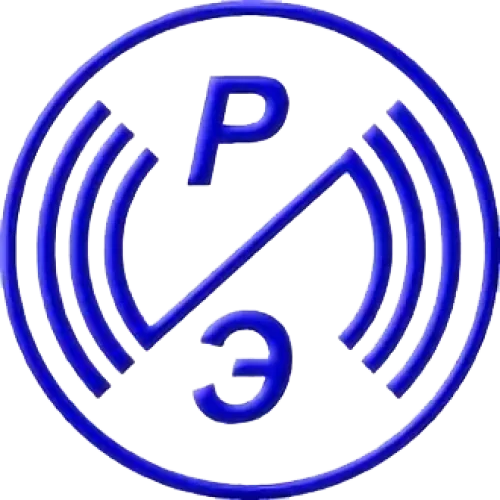
Kotelnikov Institute of Radioengineering and Electronics of the Russian Academy of Sciences
1 citation, 0.2%
|
|
|
Institute for Nuclear Research of the Russian Academy of Sciences
1 citation, 0.2%
|
|
|
A.V. Gaponov-Grekhov Institute of Applied Physics of the Russian Academy of Sciences
1 citation, 0.2%
|
|
|
Institute for High Pressure Physics of Russian Academy of Sciences
1 citation, 0.2%
|
|
|
Ioffe Physical-Technical Institute of the Russian Academy of Sciences
1 citation, 0.2%
|
|
|
Budker Institute of Nuclear Physics of the Siberian Branch of the Russian Academy of Sciences
1 citation, 0.2%
|
|
|
Peter the Great St. Petersburg Polytechnic University
1 citation, 0.2%
|
|
|
Tomsk State University
1 citation, 0.2%
|
|
|
Peoples' Friendship University of Russia
1 citation, 0.2%
|
|
|
Bach Institute of Biochemistry of the Russian Academy of Sciences
1 citation, 0.2%
|
|
|
Federal Research Centre “Fundamentals of Biotechnology” of the Russian Academy of Sciences
1 citation, 0.2%
|
|
|
Technological Institute for Superhard and Novel Carbon Materials
1 citation, 0.2%
|
|
|
Russian Quantum Center
1 citation, 0.2%
|
|
|
Institute of Nanotechnology of Microelectronics of the Russian Academy of Sciences
1 citation, 0.2%
|
|
|
Institute of Monitoring of Climatic and Ecological Systems of the Siberian Branch of the Russian Academy of Sciences
1 citation, 0.2%
|
|
|
King Saud University
1 citation, 0.2%
|
|
|
King Abdullah University of Science and Technology
1 citation, 0.2%
|
|
|
King Fahd University of Petroleum and Minerals
1 citation, 0.2%
|
|
|
Bilkent University
1 citation, 0.2%
|
|
|
Iran University of Science and Technology
1 citation, 0.2%
|
|
|
University of Management and Technology
1 citation, 0.2%
|
|
|
University of Engineering and Technology, Taxila
1 citation, 0.2%
|
|
|
Indian Institute of Technology Bombay
1 citation, 0.2%
|
|
|
Indian Institute of Technology Kanpur
1 citation, 0.2%
|
|
|
Indian Institute of Technology Guwahati
1 citation, 0.2%
|
|
|
Indian Institute of Technology Indore
1 citation, 0.2%
|
|
|
Indian Institute of Technology (Indian School of Mines) Dhanbad
1 citation, 0.2%
|
|
|
University of Hyderabad
1 citation, 0.2%
|
|
|
National Institute of Technology Meghalaya
1 citation, 0.2%
|
|
|
Cochin University of Science and Technology
1 citation, 0.2%
|
|
|
Guru Nanak Dev University
1 citation, 0.2%
|
|
|
Nuclear Science and Technology Research Institute
1 citation, 0.2%
|
|
|
10
20
30
40
50
60
70
80
|
|
Citing countries
- We do not take into account publications without a DOI.
- Statistics recalculated daily.
Data by ORCID
This section displays the profiles of scientists registered on the platform. To display the full list, invite your colleagues to register.
Михаил Борисович Агранат, Пётр Сергеевич Кондратенко, Андрей Владимирович Овчинников, Виктор Павлович Петровский, Юрий Викторович Помазан, Андрей Борисович Савельев-Трофимов, Евгений Викторович Ткаля, Олег Владимирович Чефонов, Сергей Владимирович Холод
RU2536319C2,
2014
Федор Викторович Потёмкин, Евгений Игоревич Мареев, Юлия Игоревна Безсуднова
RU2671150C1,
2018
Company/Organization
Position
Senior researcher
Employment type
Full time
Years
2021 —
present
Company/Organization
Position
Researcher
Employment type
Full time
Years
2019 —
2021
Company/Organization
Position
Junior Researcher
Employment type
Part time
Years
2014 —
2019





